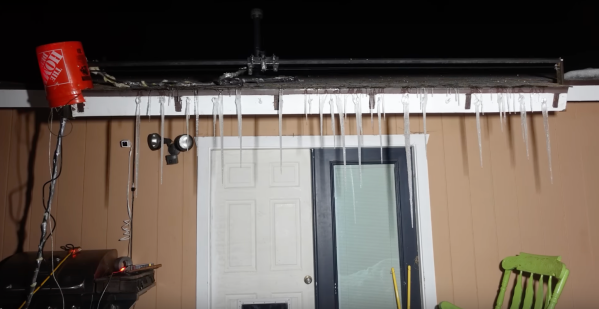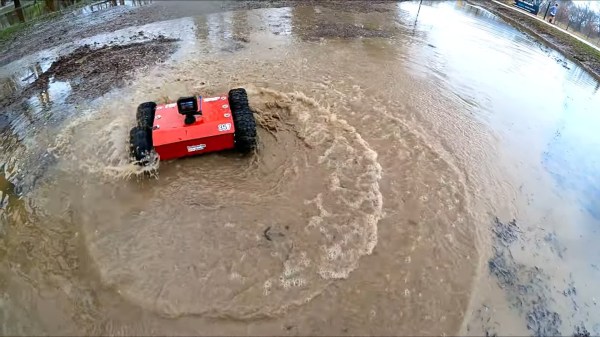If you need to make polyurethane belts in custom lengths, it’s not too hard. You just need to take lengths of flexible polyurethane filament, heat the ends, and join them together. In practice, it’s difficult to get it right by hand. That’s why [JBVCreative] built a 3D printed jig to make it easy.
The jig consists of two printed sliders that mount on a pair of steel rods. Each slider has a screw-down clamp on top. The clamps are used to hold down each end of the polyurethane filament to be joined. Once installed in the jig, the ends of the filament can be heated with a soldering iron or other element. and then gently pushed together. The steel rods simply enable the filament to be constrained linearly so the ends don’t shift during the joining process.
The jig doesn’t produce perfect belts. There’s still a small seam at the join that is larger than the filament’s base diameter. A second jig for trimming the belt to size could be helpful in this regard. Still, it’s a super useful technique for making custom belts. This could be super useful to anyone needing to restore old cassette decks or similar mechanical hardware.














